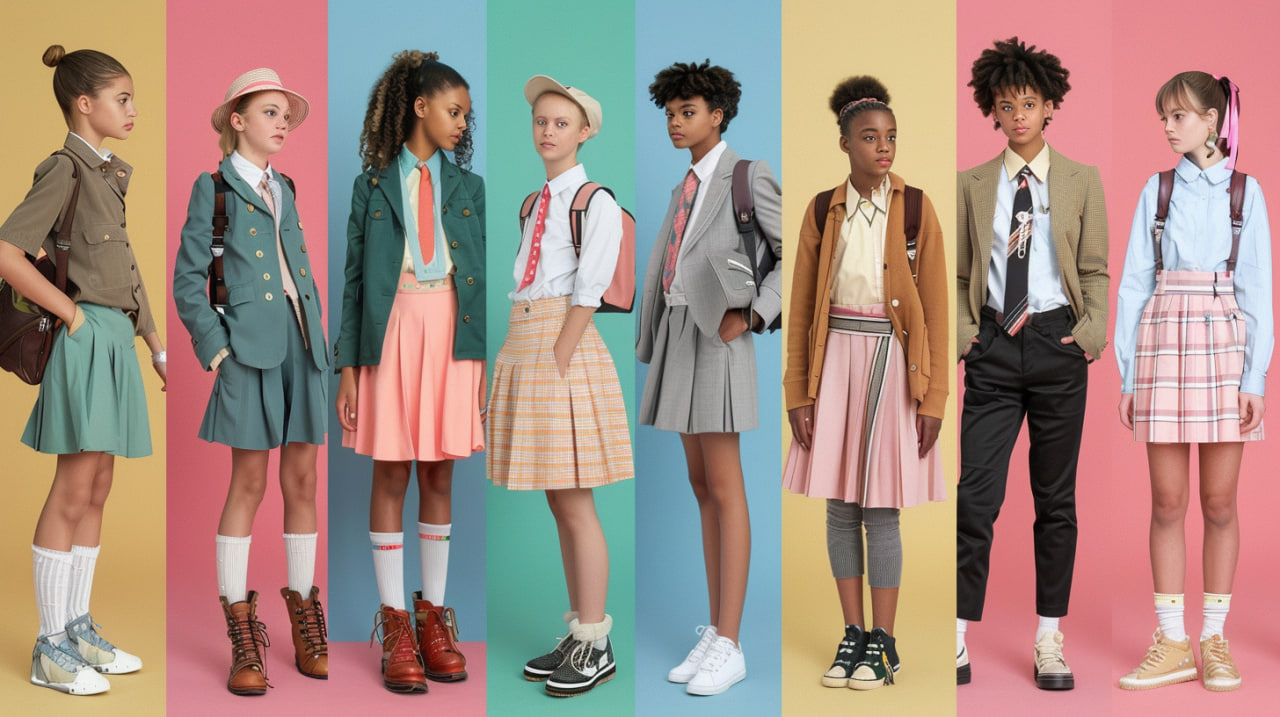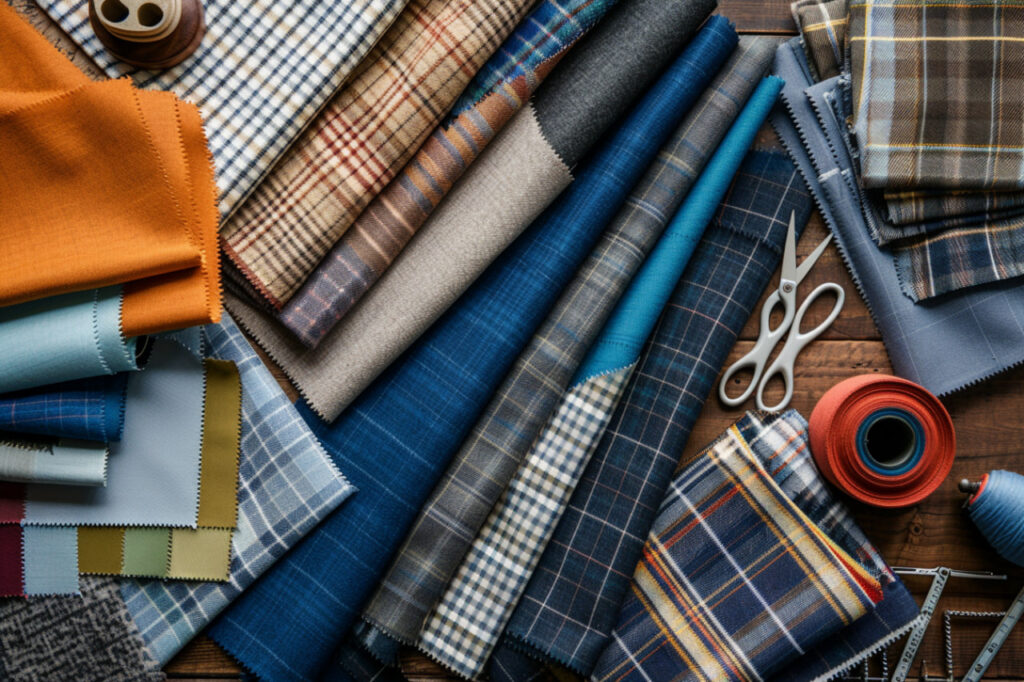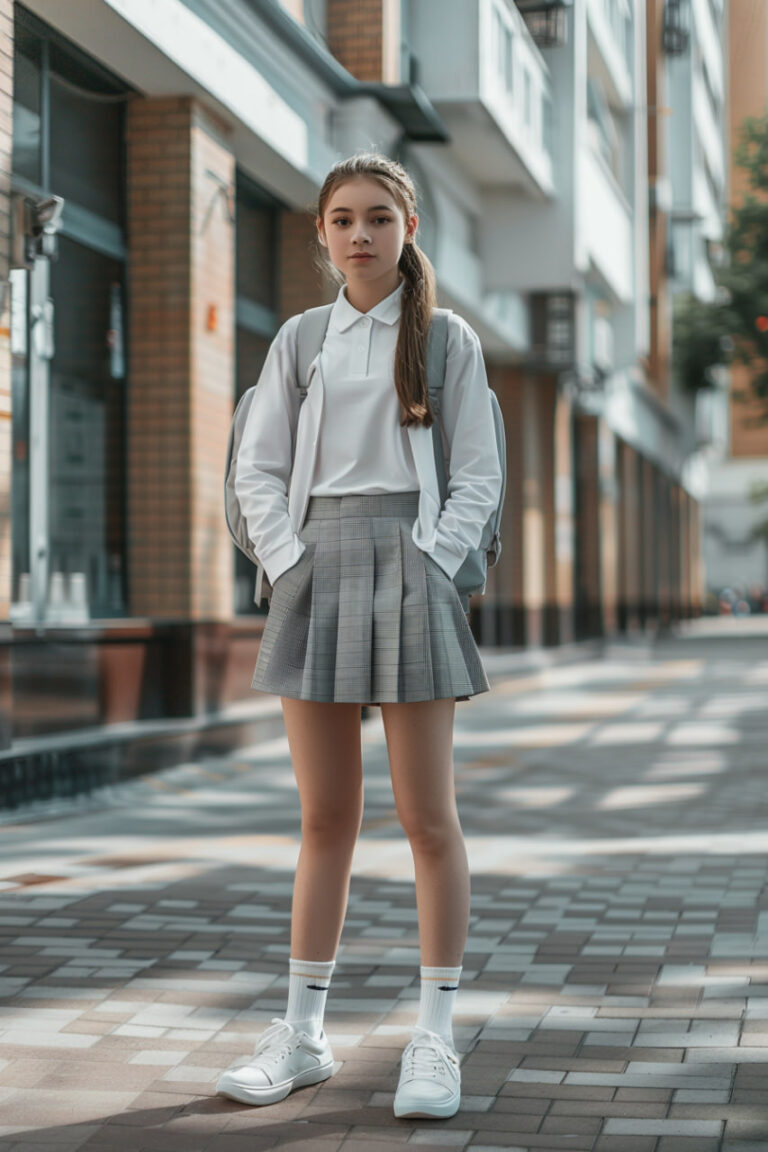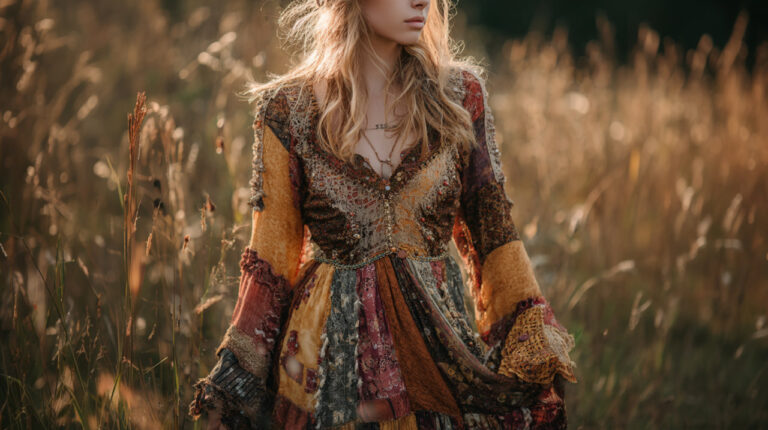
The Seam Ripper Is Your Friend
No sewist wants to talk about it—but every sewist does it………

The school uniform has long been a topic of discussion, not only for its symbolic role in education but also for its evolving place in fashion, comfort, and practicality. Originally designed to instill discipline and unity among students, the school uniform hastransitioned into a dynamic blend of tradition, style, and personal expression. In this lecture, we will examine the historical development of school uniforms, their current relevance, the comfort and design considerations behind them, and how students or parents can sew essential uniform pieces themselves.
Historical Background of School Uniforms
School uniforms have a rich history dating back to the 16th century in England. The earliest known use was at Christ’s Hospital in London, where students wore long blue coats and yellow stockings—a look that remains symbolic today.
Modern Fashion and School Uniforms
Contemporary school uniforms are being reimagined to meet both institutional requirements and modern style sensibilities. Some private and international schools now offer more fashion-forward uniform options.

A well-designed uniform must balance formality with functionality and comfort. Several aspects contribute to the practicality of modern school uniforms:
Though uniforms vary by country and institution, the most common elements include:

For parents and students interested in customizing or creating school uniform pieces, sewing your own garments can be a cost-effective and fulfilling option. Here are some common items that are practical to sew:
1. Skirts and Skorts
Skills Required: Intermediate.
Recommended Fabrics: Plaid cotton-poly blends or twill.
Design Tips: Pleated skirts with adjustable waistbands are versatile and durable.
2. Pinafores and Jumpers
Skills Required: Beginner to intermediate.
Recommended Fabrics: Cotton, wool blends, or corduroy.
Design Tips: Choose patterns with easy closures such as buttons or snaps.
3. Shirts and Blouses
Skills Required: Advanced (due to buttonholes and collars).
Recommended Fabrics: Poplin, broadcloth, or light cotton.
Design Tips: Add darts for a better fit and reinforced seams for durability.
4. Shorts and Trousers
Skills Required: Intermediate.
Recommended Fabrics: Gabardine, chino, or denim.
Design Tips: Include adjustable waists or elastic for growing students.
5. Ties, Sashes, and Hair Accessories
Skills Required: Beginner.
Recommended Fabrics: Cotton or polyester blends.
Design Tips: Use leftover uniform fabric to create matching accessories.
By sewing these garments yourself, you can tailor the fit, choose higher-quality materials, and even add personal design touches—all while complying with school regulations.
School uniforms serve as more than just clothing—they are symbols of discipline, equity, and identity. Over the centuries, they have evolved from rigid institutional attire into modern garments designed for comfort, expression, and functionality. Today’s school uniforms continue to reflect broader cultural and educational trends while offering opportunities for creativity through DIY sewing projects. As institutions move toward more inclusive and fashion-conscious designs, the school uniform remains a dynamic and meaningful part of student life around the world.

No sewist wants to talk about it—but every sewist does it………

You’ve carefully cut the fabric. You’ve followed every step of the pattern instructions. ……